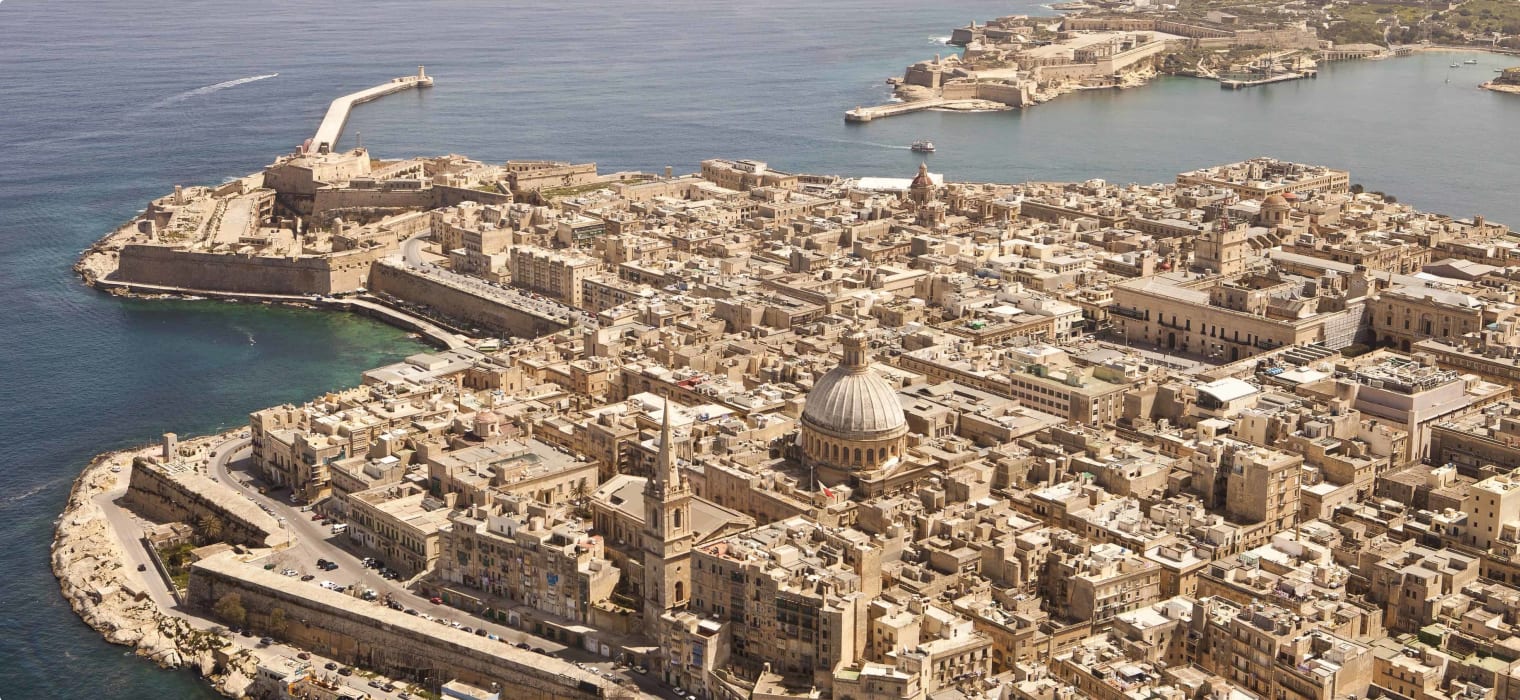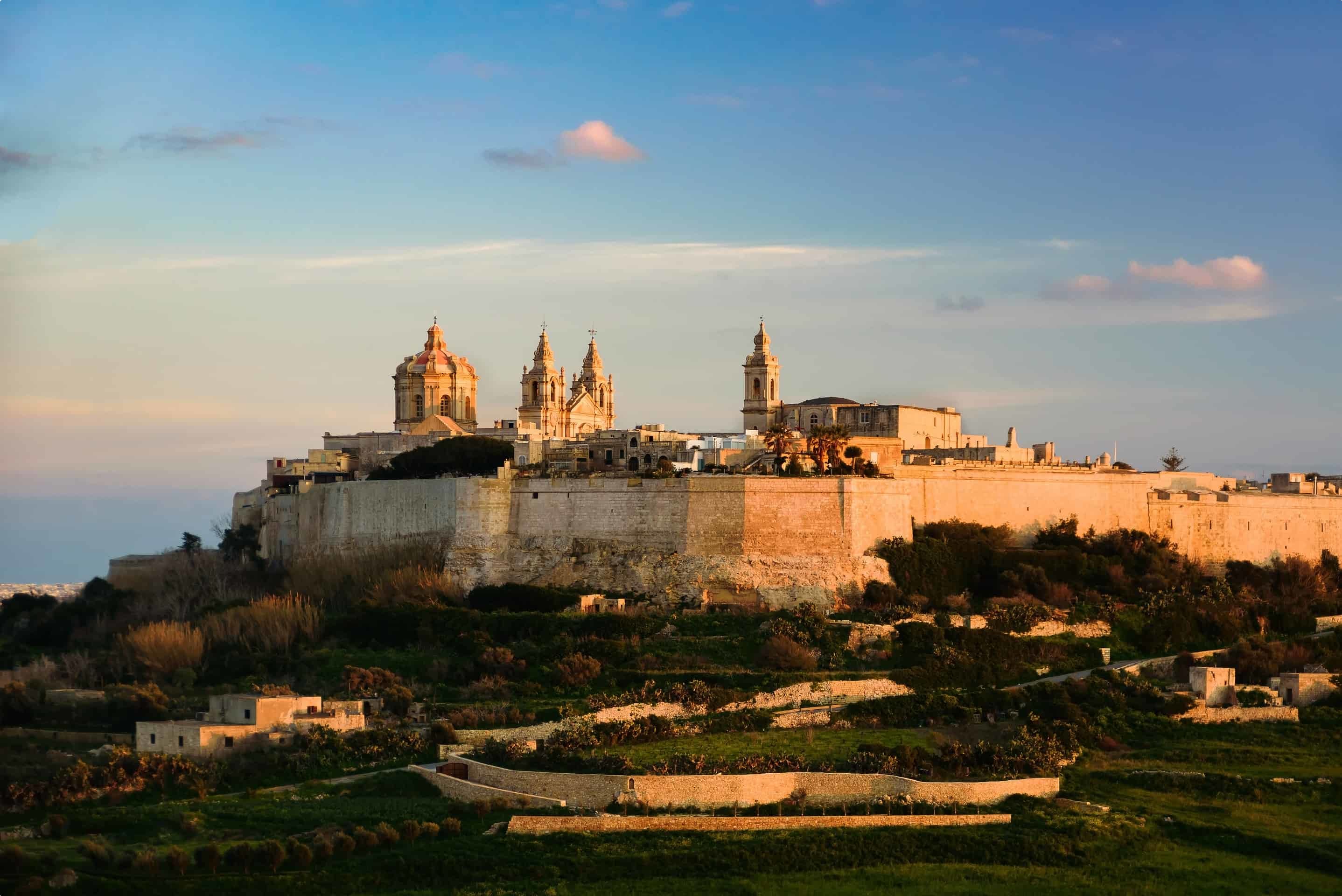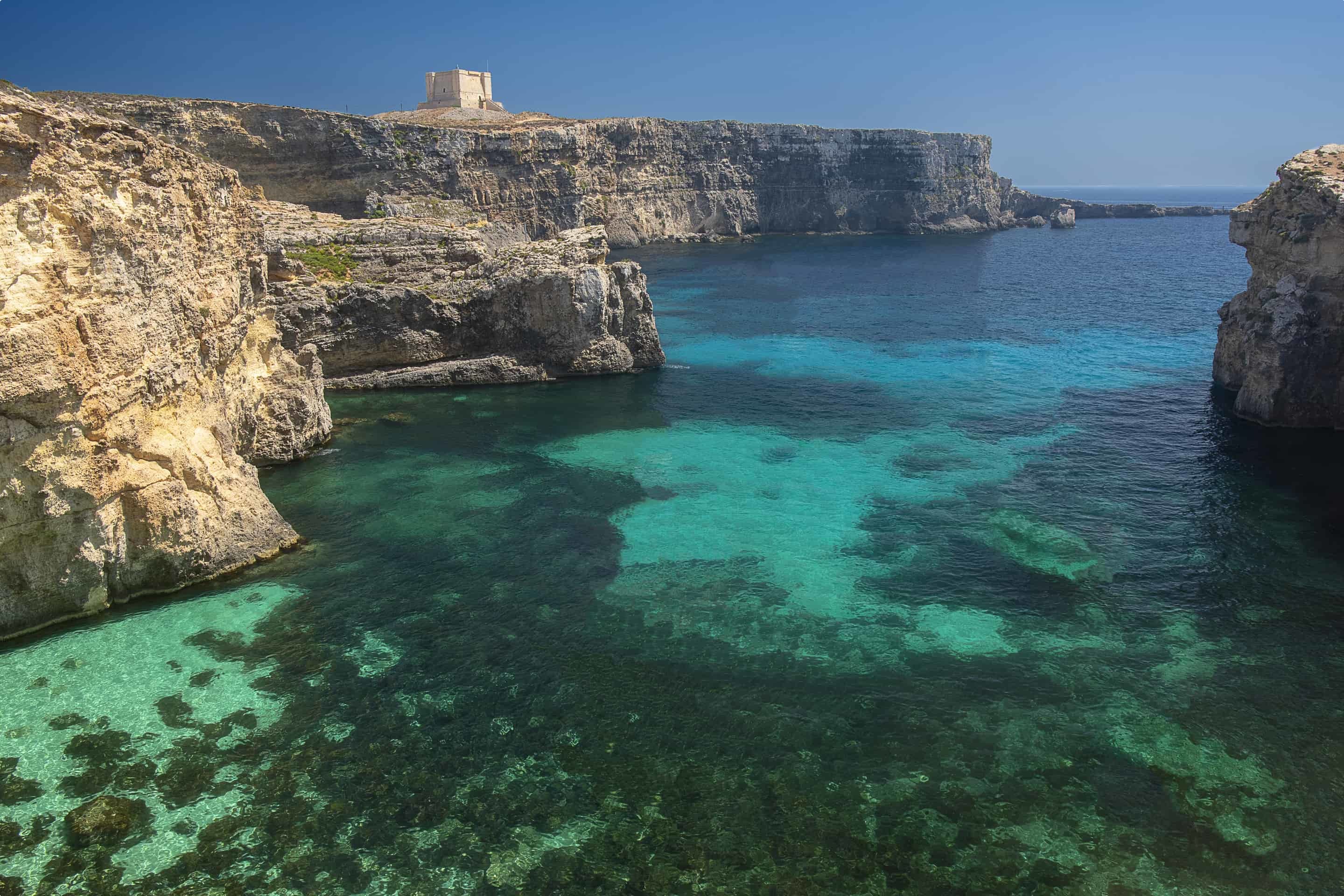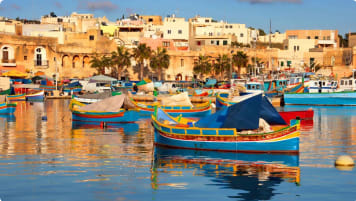Malta
Malta A Mediterranean archipelago equidistant between Europe and Africa, Malta packs a wealth of beautiful scenery and fascinating history into one of the world’s smallest landmasses. Location has been history for the people of Malta.…
30 Jan 20 · 6 mins read

Malta
A Mediterranean archipelago equidistant between Europe and Africa, Malta packs a wealth of beautiful scenery and fascinating history into one of the world’s smallest landmasses.
Location has been history for the people of Malta. Located at the crossroads of the Mediterranean, the small islands have been caught between a succession of great powers, from Phoenicians, Romans and Greeks, through Arabs and Normans, to the French and British Empires.
Though the first people arrived in Malta in the Neolithic Era, around 5000 BCE, the most important ancient monuments date from the Megalithic. Important Megalithic sites include the giant Bronze Ages sculptures known as the Ggantija on the island of Gozo; and on Malta itself, the temples of Hagar Qin, Mnajdra and Tarxien, which have been recognised as a UNESCO World Heritage Site for their archaeological importance. Particularly striking – and also listed as a UNESCO World Heritage Site – is Ħal Saflieni, a subterranean burial ground in use from 4000 B.C. to 2500 B.C, which contains the remains of over 7,500 people.

Indications are that in later years, Malta came under Phoenician and Carthaginian rule, before passing to the Romans in 218 BC. In Roman times the capital of Malta was established at Melite – today known as Mdina.
The islands of Malta first entered history in a major way in 60AD, when St. Paul the Apostle was shipwrecked on Malta, and according to tradition, converted the locals to Christianity. Tradition holds that St. Paul was given a warm welcome by the Roman governor, Publius. St. Paul cured Publius’s sick father, and the people of Malta converted to Christianity. Publius became Bishop of Melite, and then Bishop of Athens, before being martyred in 112AD. After meeting Publius, St. Paul hid in a grotto outside Melite for three months. Now hidden underneath the dramatic 17th century Collegiate Church of St Paul in adjoining Rabat, St Paul’s Grotto is open to the public and an important visiting point for pilgrims.
In the Middle Ages, Malta’s fortunes were closely tied to those of nearby Sicily. From 870 until 1091, Malta was ruled by Arab Muslims. Legacies of Arab rule remain today. In particular, the Maltese language was strongly influenced by Arabic, and most place names in Malta – with the exception of Malta and Gozo, which derive from Latin – have Arabic roots, such as Mdina and Rabat. The Arab rulers rebuilt Mdina in the style of a medina of North Africa, a rambling maze of narrow streets located in city walls.
From 1091, Sicily and Malta came under the rule of a succession of European monarchs – Norman, Angevin, Aragonese and Spanish. During this period, Mdina became known as the Città Notabile (Noble City) because it was the home of the various ruling nobilities, who built grand palaces within the walled city.
By the 16th century, Malta had become part of the vast Spanish Empire of Charles V. Indicating the insignificance of the islands to Charles, he offered Malta to the Knights of St John, known as the Knights Hospitaller – in exchange for two falcons a year, one for him and one for the Viceroy of Sicily. The Knights of St John were a Catholic military order which dated back to the 12th Century Crusades. During the Crusades, the Knights had emerged as both a fearsome military order and a charitable concern, which provided care to the sick and poor. When the Christians lost Jerusalem, the Knights came to rule the Greek island of Rhodes, until 1522, when Rhodes was lost following a six-month long siege by the Ottoman Emperor, Suleiman the Magnificent.
Though they were otherwise homeless, the Knights were unimpressed by their new home in Malta, which they saw as barren, isolated, and poorly defended. The thoughts of the 12,000 Maltese inhabitants – who had no say in the transfer – are unknown.

It soon became clear that the Knights would not be safe in Malta. The Ottomans were making moves towards the islands, with the Turkish general Dragut Reis attacking Gozo and enslaving 5000 of its inhabitants in 1551. In response, the Knights refortified citadels, and a great chain of vessels was placed across the Grand Harbour. Despite these preparations, in May 1565, when an Ottoman fleet carrying more than 30,000 men arrived on the island, Malta’s army consisted of only around 700 knights and 8000 Maltese irregulars and mercenary troops.
Despite its small size, the Maltese army put up a valiant fight. Though the Ottomans succeeded in taking Fort St. Elmo, the attempt cost them 8000 men. Demoralised, they assaulted Birgu and Isla at least 10 times, but each time they were driven back by Maltese forces. When a long-promised relief force of 8000 came from Sicily, Turkish soldiers defied their leaders and ran for the boats, ending the Siege.
The date of the end of the Siege, 8 September, is still commemorated in Malta as the Victory Day public holiday, while visitors can now learn about this history at the restored Fort St. Elmo, now home to the National War Museum, and Fort St. Angelo.
After the siege, the Knights set about building a new capital for Malta, which they called Valletta. They hired Francesco Laparelli, who drew an urban plan that departed from the maze-like traditions of medieval Maltese cities in favour of a rectangular grid plan with linear, wide streets. Gold buildings were erected in grand Baroque style, including the exuberant St. John’s Co-Cathedral and the sumptuous interior of the Grand Master’s Palace. Maltese Baroque can also be found in Mdina at the impressive St. Paul’s Cathedral, believed to be built on the spot where Publius greeted St. Paul.
Malta would briefly become part of the French Republic when invaded by Napoleon Bonaparte in 1798, whose soldiers looted much of the art and antiquities of the island. An important strategic point in the Napoleonic Wars, Malta was taken by the British in 1800. The though the 1802 Treaty of Amiens returned the island to the Knights of St. John, the people of Malta, not wanting the Knights back, petitioned the British to stay. Unfortunately for them, the British didn’t particularly want responsibility for Malta until the Napoleonic Wars resumed and the strategic importance of the islands became clear. With the end of the Napoleonic Wars in 1814, Malta was formally recognised a Crown Colony of the British Empire.
Malta would again play an important role in World War Two. Extensively bombed by Italy and Germany from 1940 to 1944, at the end of the war the island would be devastated. To recognise the bravery and heroism of the Maltese people, King George VI awarded the George Cross – Britain’s highest honour for civilian bravery – to the entire population of Malta. This history can be explored at the War Museum and the Lacaris War Rooms.
The post-war era would see a nationalist movement emerge on Malta, and after several attempts at co-rule, Malta became an independent state in 1974. Malta became a member of the European Union in 2004, and part of the Eurozone in 2008.
Though Malta’s history has enough interest to justify a trip, no visit to Malta is complete without the chance to experience the island’s stunning natural beauty. Highlights include the Dingli Cliffs, offering panoramic views over the coastline, and the Blue Lagoon, a gentle spot for swimming popular with tourists. Get away from the crowds on a day tour to the island of Gozo, home to hidden gems including Malta’s best beaches – the beautiful red-gold sands of Ramla Bay, overlooked by the ruins of a Roman villa, the Wied il-Għasri inlet, and the hard-to-access San Blas Bay.
Make sure to head to a local restaurant for lunch or dinner, and sample Malta’s local cuisine, a fusion of Italian, Arabic and British influences. The islands’ most emblematic snack is the pastizzi, a pastry usually filled with ricotta or – for the lovers of good old fashioned British cuisine – mushy peas.

Articles about Malta published by Odyssey Traveller:
- Mediterranean Islands: Malta, Sicily, Sardinia and Corsica
- About Malta, Sicily, Sardinia, and Corsica
- Malta: Megalithic temples, ‘fat ladies’, and the Hal Saflieni Hypogeum
- Piecing together the life of Caravaggio
- Learning About Caravaggio’s Paintings
For all the articles Odyssey Traveller has published for mature aged and senior travellers, click through on this link.



